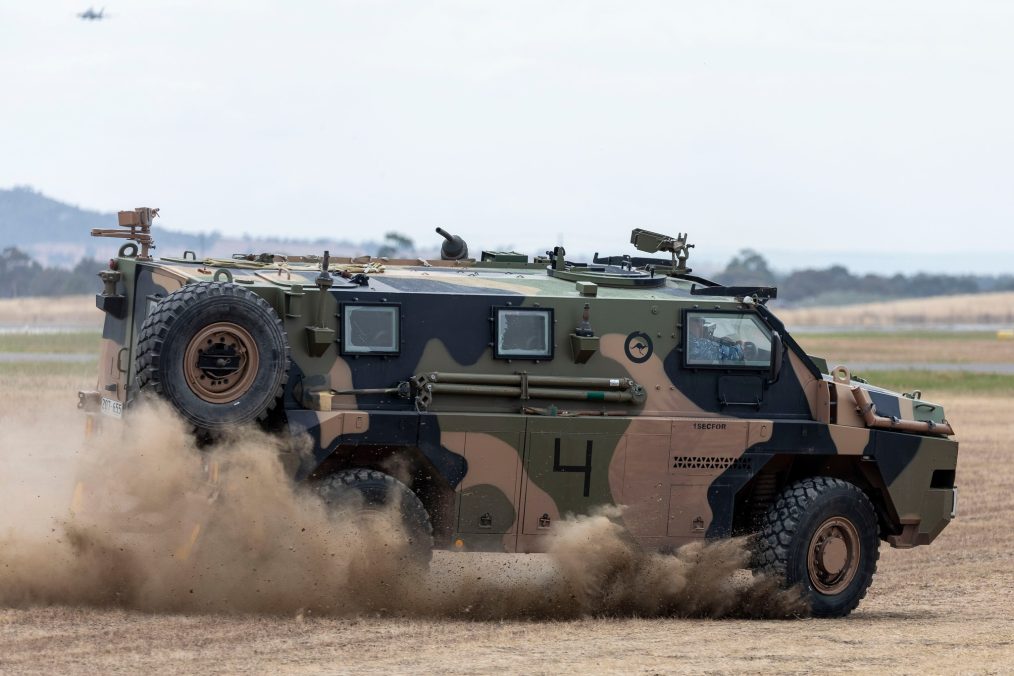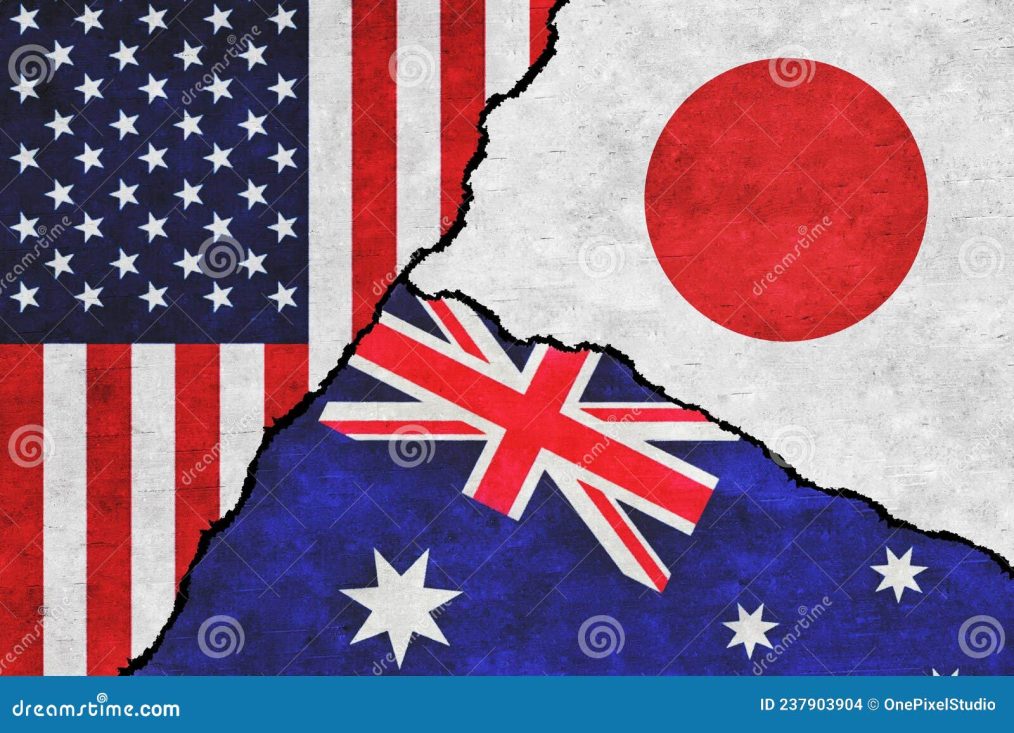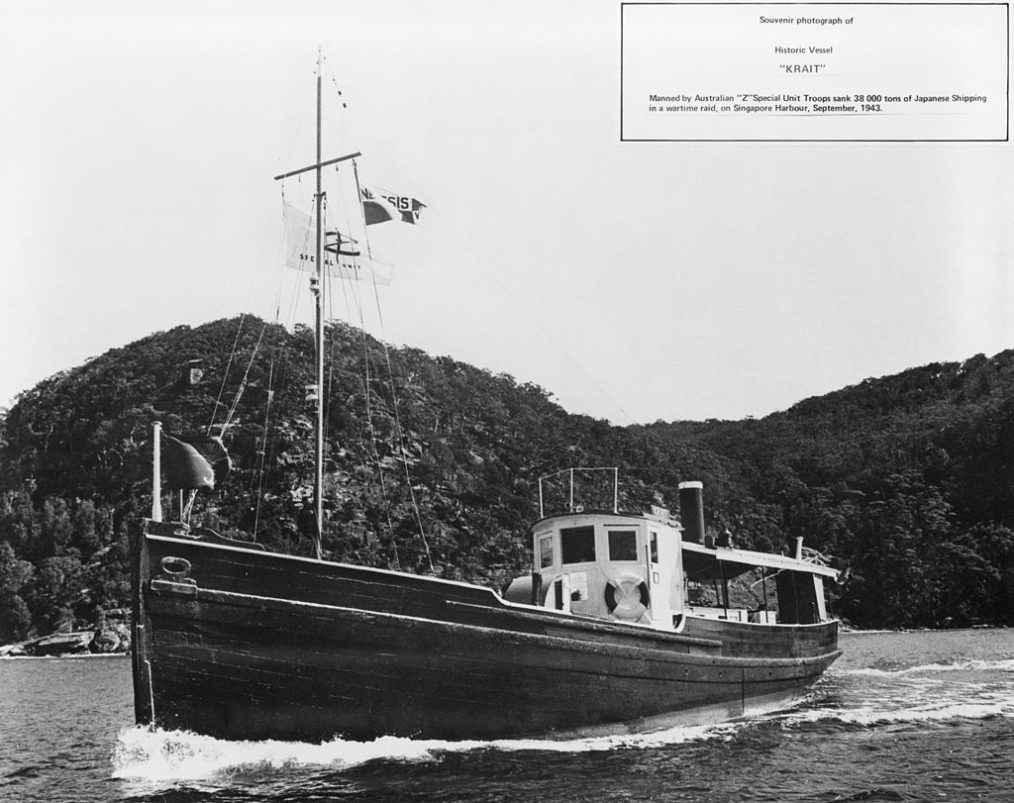The skies over central and northern New Jersey have become a nightly enigma. Since mid-November, clusters of large drones have been spotted, their synchronized movements and unknown purpose stirring unease among residents. The sightings, often near military installations, have ranged from a handful to nearly 200 drones in a single night, fuelling speculation about their origins.
State and federal officials have scrambled to address public concerns. A closed-door meeting at the New Jersey State Police headquarters included representatives from the Department of Homeland Security (DHS), who assured attendees there was no evidence of credible threats. Yet, their assurances have done little to quell the anxiety.
Montvale Mayor Mike Ghassali expressed discontent, stating that the federal response has done more to amplify fears than alleviate them. “We know nothing,” Assemblywoman Dawn Fantasia echoed in frustration, while State Senator Holly Schepisi criticized DHS’s handling of the situation as “abysmal.” Senator Jon Bramnick even called for a limited state of emergency, reflecting the deepening sense of urgency.
The Pentagon has firmly denied rumours of foreign involvement, including the wild theory of an Iranian “mothership.” Deputy Pentagon Press Secretary Sabrina Singh dismissed the claims as baseless, asserting, “There is no Iranian ship off the coast of the United States.” Despite this, the lack of transparency has only fuelled conspiracy theories and public distrust.
Investigative agencies like the FBI and FAA have joined the effort to identify the drones and their operators. Flight restrictions have been imposed in affected areas, yet the drones continue to evade detection. Representative Jeff Van Drew criticized the FAA’s inability to track the unmanned aircraft, calling it a failure of oversight.
Meanwhile, calls for clarity grow louder. Senator Cory Booker has demanded greater transparency, and Representative Josh Gottheimer reminded officials of their duty to keep the public informed. “People have a right to know what’s going on,” he said.
As investigations drag on with no concrete answers, New Jerseyans are left staring at the night sky, wondering who—or what—is behind the mysterious drones. Whether it’s a covert operation, an elaborate prank, or something more sinister, one thing is certain: the mystery is far from resolved.










